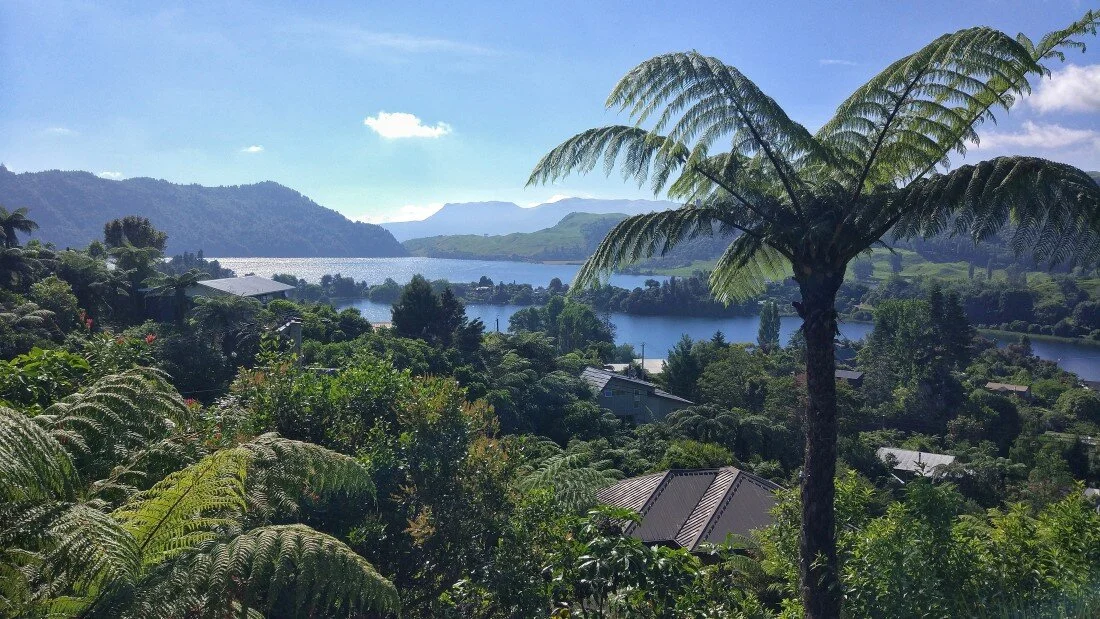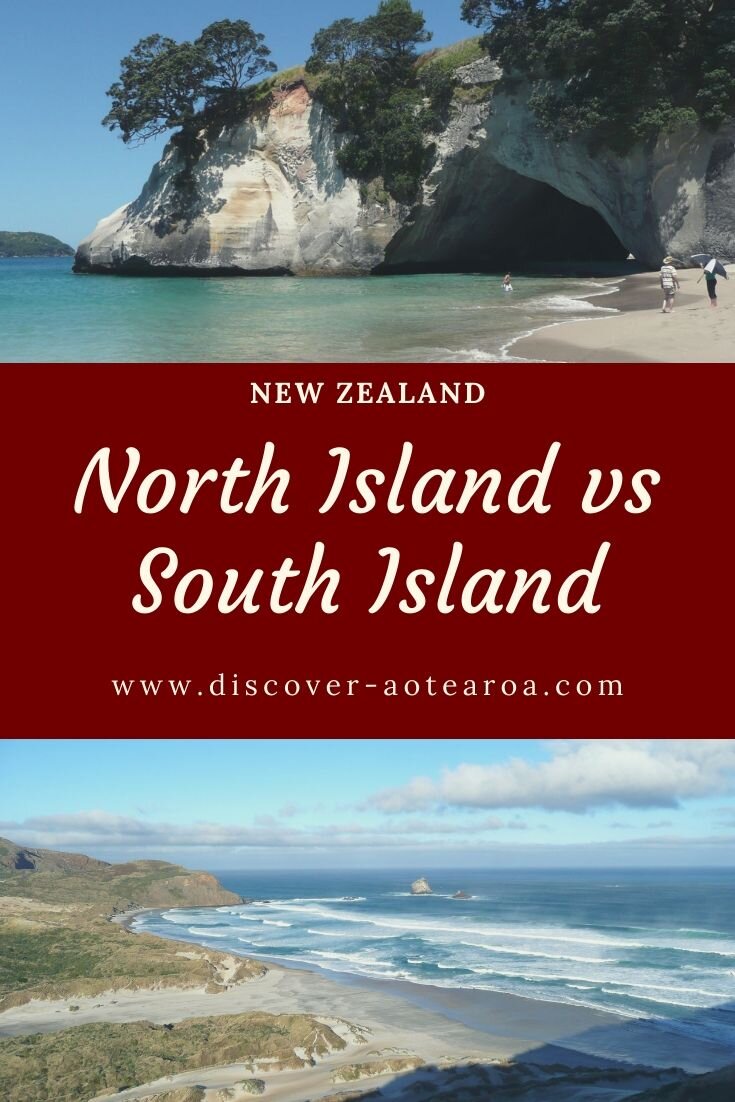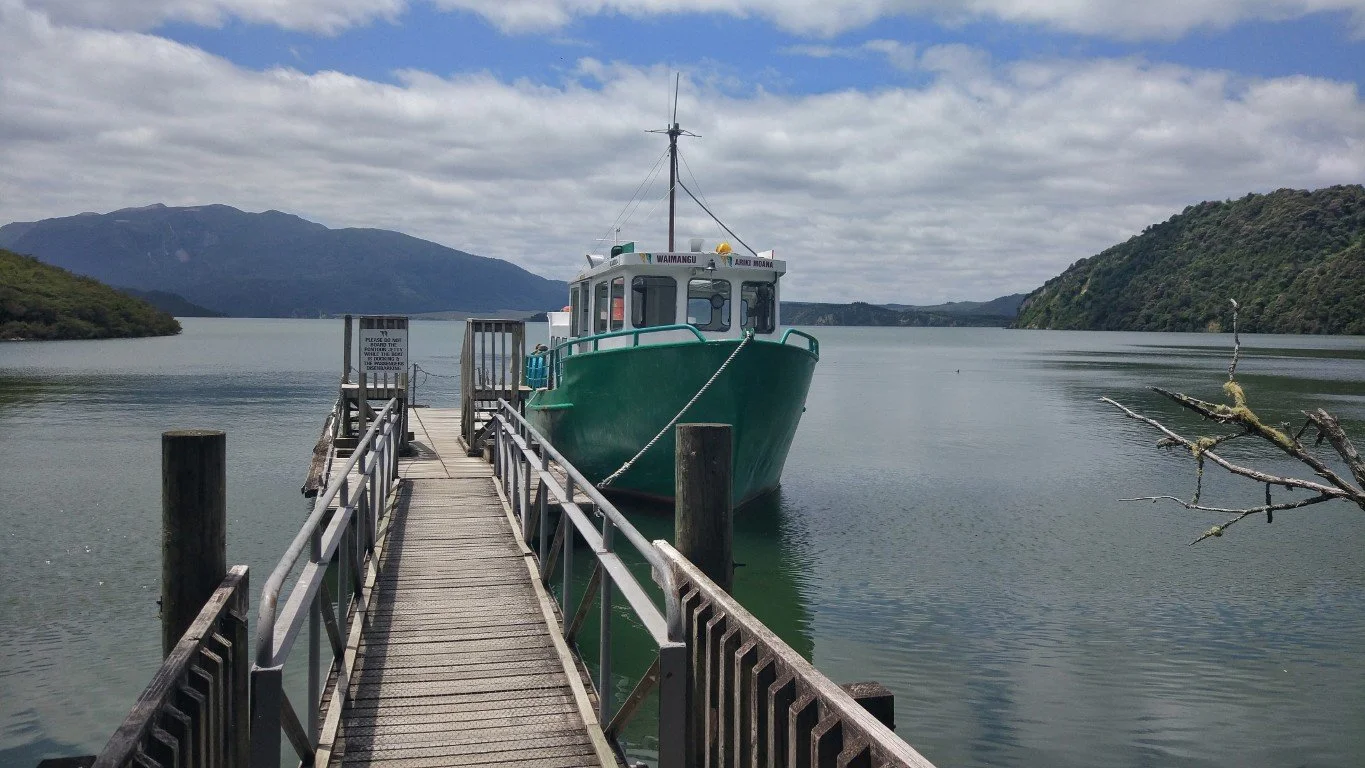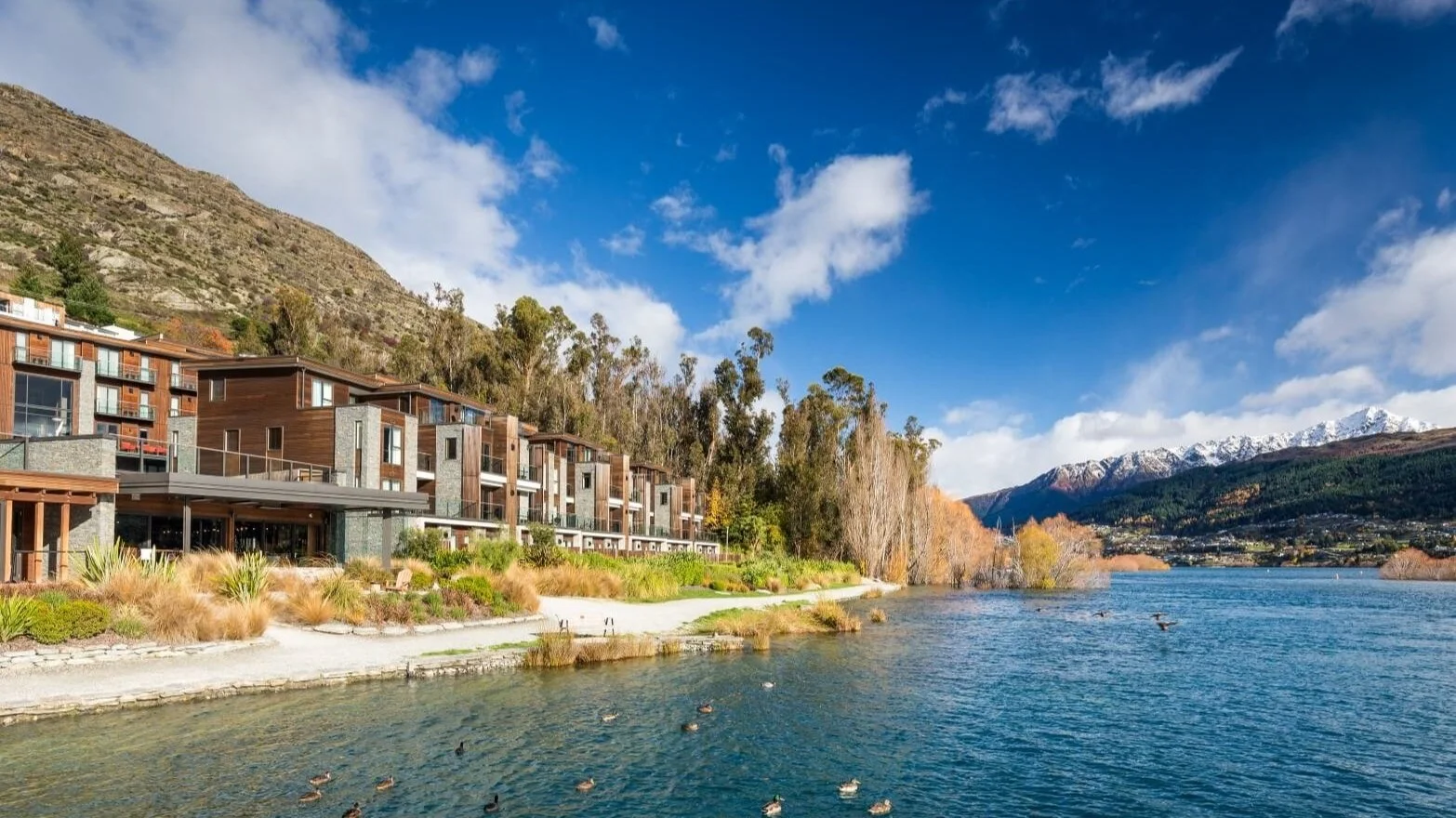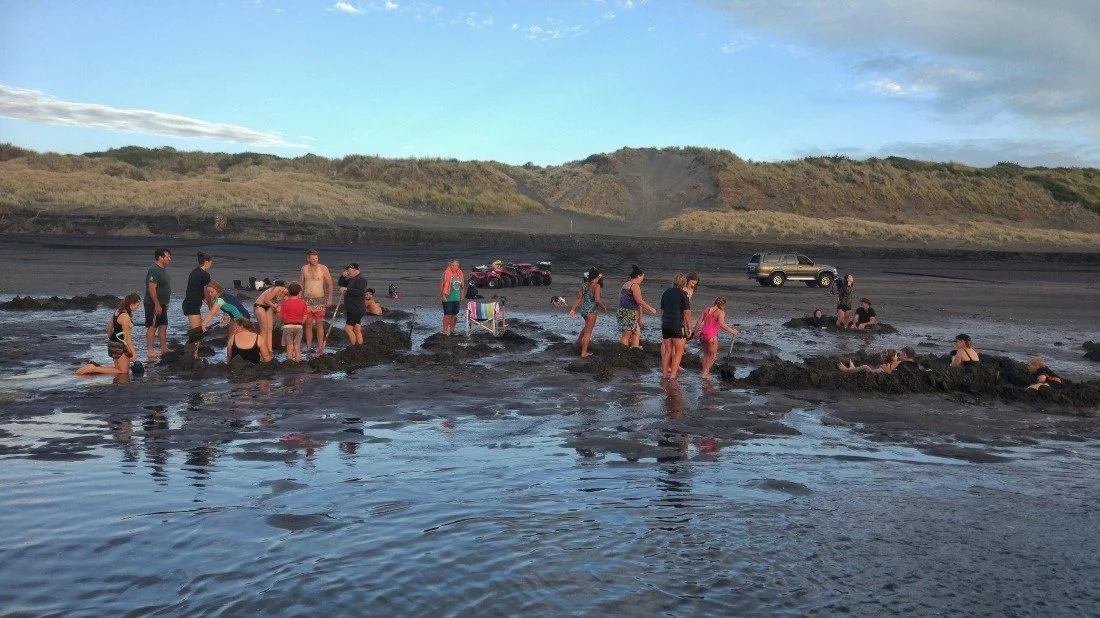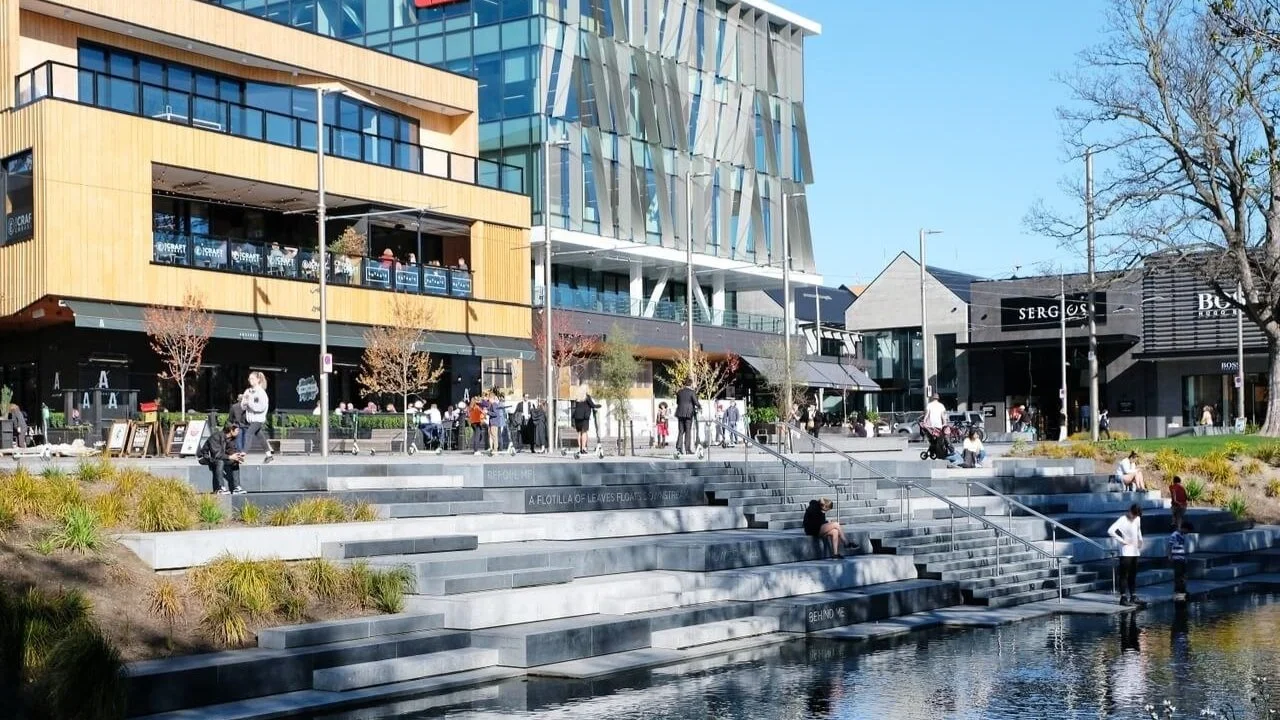North Island vs South Island New Zealand: Which Is Better?
/New Zealand is one big beautiful country filled with lovely people, countless wine regions, majestic mountains, stunning countryside and surrounded by beaches.
You could easily travel to New Zealand for half a year and most likely still not see it all.
But you probably have somewhere between two and four weeks to discover Aotearoa New Zealand. And this is awesome. But if you want to see more of the country, rather than only skimming the surface, you’re going to have to decide which island you want to visit.
In my opinion, four weeks is the minimum if you would like to see enough of both islands. If you have less time, it pays to decide to visit only one and really get to explore it.
But which one? North Island vs South Island New Zealand...what is the difference and how can you ever decide between the stunning and the beautiful?
Well, let me try and help you by explaining what makes the islands unique and what they have in common and hopefully, you’ll be able to make your decision.
Love this article? Pin it to Pinterest!
North Island vs South Island New Zealand: Which Island Is Better?
New Zealand Weather
The South Island experiences four seasons in the classical way: It can get very hot in Summer (especially in the Otago region) and very cold in Winter, with your typical Spring and Autumn colours. That said, the West Coast and Southland are the areas with the most rain in New Zealand, Nelson one of the sunniest.
The North Island is milder over all. It’s subtropical in Summer and still has reasonably mild temperature in Winter. Northland, being the closest to the equator, is the warmest. Wellington, at the southern end of the North Island, is known as “Windy Wellington”.
No matter whether you travel the North Island or South Island and no matter the season, be sure to always wear layers as the weather can and does change within minutes.
There’s no bad weather in New zealand, just bad equipment ;-)
Landscape
North Island or South Island New Zealand: The landscape here is simply beautiful!
On the North Island, the colours green and blue predominate. Green for the rolling hills with lush grass, and blue for the ocean and sky. Overall, you could describe North Island’s landscape as sweet and lovely, while the inhospitable volcanic areas are fascinating and rough.
In the South Island, the landscape is more dramatic. Tall mountains capped with snow, deep green fjords and emerald-blue lakes. In Spring, this picture is rounded out by the pretty Lupin flowers, which, in reality, are a weed (that doesn’t make the flowers any less lovely, though).
Typical north island…
…typical south island
New Zealand Wine
Wine, glorious New Zealand wine. You could say, every inch of New Zealand that isn’t bush or farmland is a vineyard. Compared to the number of wine regions in the country, New Zealand’s not a huge player in exporting the delicious grape juice. And I suspect it’s because we drink it all before anyone has the chance to export.
Major wine regions in the North Island are Hawke’s Bay in the east, Waiheke Island off Auckland (also known as the wine island) and Kumeu also in Auckland, Wairarapa Valley near Wellington and Gisborne, which is often forgotten on the list of wine regions in New Zealand.
On the South Island, you’ll get delicious Sauvignon Blanc in the world-famous Marlborough and Pinot Noir in Central Otago (for example Gibbston Valley near Queenstown) and Waipara near Christchurch.
You see, if you’d like to taste New Zealand wine, you won’t have to choose between the North or the South Island.
Discover Aotearoa tip: Please do try my personal favourite New Zealand wine, the Ned Pinot Gris. It’s ultra delicious and has a lovely rose colour, even though it’s a white wine. And let me know how you like it!
Popular weekend activity for kiwis: relaxing in vineyards and drinking wine
Glowworms
The New Zealand Glowworm is endemic to Aotearoa and can be found on both islands. Obviously, the most famous place to see them is in the Waitomo Caves, and I have to admit that after some hesitation (we were afraid of the tourist masses), we went to the Waitomo Caves and were blown away by the sheer galaxies of glowworms!
Another amazing glowworm experience is the glowworm kayaking on Lake Karapiro near Matamata (aka Hobbiton)
The South Island equivalent to Waitomo would be the Te Anau glowworm caves, about two hours from Queenstown.
But apart from those two commercial caves, there are a lot of caves and bush walks where you get to see glowworms for free. Just ask at the i-sites (local tourist information), they will tell you where to find them.
Movie Filming Locations
Since Lord Of The Rings it’s well known that New Zealand is utterly cinematic. If you are a LOTR fan, you can buy a book about the filming locations and visit them. Just don’t be disappointed if the place isn’t always recognisable.
Mount Ngauruhoe in Tongariro National Park (and part of the Tongariro Crossing) for example, was used to double as Mount Doom. Many other locations are in and around Wellington and around Queenstown and Mt Cook.
Peter Jackson’s film production company is located in Wellington. Walk around Miramar Peninsula to find a giant green screen and the Weta Cave, a souvenir shop where you get to pose with Gollum and marvel at original movie props. I can definitely recommend the Weta workshop tour, whether or not you’re a Lord Of The Rings fan.
Another amazing experience is the new Weta Workshop Unleashed in Auckland, an interactive tour through the thought-process of three movie genres (horror, fantasy and Sci-Fi).
fight with the white orc, weta workshop tour
New Zealand Wildlife
I admit, the word “wildlife” sounds like we have some big, dangerous animals in New Zealand. That’s definitely not the case. In fact, no animal or plant in New Zealand can kill you. Our wildlife consists mainly of the Kiwi bird, Kea and other birds, cute little Blue Penguins, dolphins and seals. The best chance to see a Kiwi in the wild is on Stewart Island, and there are some in Northland and the wildlife sanctuaries.
The cheeky Kea can only be found in the alpine area on the South Island, stealing your car’s windscreen wipers and window seals.
part of new zealand’s wildlife: Bellbird
Maori Culture
Even though there is some Maori Culture on the South Island, the North Island definitely wins this little North Island vs South Island race. Most Maori towns can really be found in the East Cape on the North Island. However, Rotorua is the Maori hotspot when it comes to tourism. In “Maori villages” like Tamaki, Te Puia or Mitai, you can learn how the Maori used to live, see and learn how to carve wood and get to eat a hangi (a meal cooked in an earth oven. In Rotorua those are powered by geothermal heat).
A very important cultural site can be found in the Bay of Islands: Waitangi is the birthplace of modern New Zealand, where the Maori and the Crown signed the Waitangi Treaty. Today there’s a museum in its place.
Maori cultural show on the waitangi treaty ground, bay of islands New Zealand
Stunning Beaches
Most of New Zealand’s beaches are beautifully wild, no matter if you find them on the North or South Island. Many of them are superb for surfing, although it might be a little cold on the South Island.
On the upper half of the North Island though, you can also find serene, almost tropical beaches with calm water, like Cathedral Cove in the Coromandel Peninsula or up north in the Bay of Islands.
Then again, there’s Abel Tasman National Park (South Island) with the calmest and best-sheltered bays and the most sunshine hours in all of New Zealand… so yeah...beaches are amazing everywhere, that’s one I can’t tell you whether you should rather visit the North Island or South Island New Zealand. You won’t be disappointed either way.
get a tan at the gate to narnia: cathedral cove, coromandel
Unique Things To Do In North Island
Geothermal Activity
If you’re interested in volcanic activity, your choice in the dilemma between choosing the North Island or South Island is clear.
You can find geothermal activity all over the North Island, but the most activity happens in the Taupo Volcanic Zone. This volcanic zone spans from White Island in the Bay of Plenty southwards past Taupo to Tongariro National Park, the absolute hotspot being Rotorua. The Earth’s crust there is only thin, compared to the normal. As a result, boiling water, sulphur and mud bubble to the surface, while chemical reactions create silica formations and colourful pools.
Aptly named artist’s palette and champagne pools in the back, wai-o-tapu thermal wonderland in rotorua
Volcanoes (You Can Even Ski On One!)
There are hundreds of volcanoes in New Zealand, the majority are scattered over the North Island. Auckland alone sits on about 50 of them. While most of the volcanoes are extinct or dormant, plenty of volcanoes are still well and active. The three most active ones are the island volcano White Island (Whakaari in Maori), Mt Ruapehu and Mt Tongariro. Ruapehu and Tongariro are popular for hiking and skiing, as long as the mountains keep quiet.
just one of many volcanoes: Mt Ngauruhoe (aka mt doom) on tongariro crossing
Natural Hot Springs
Don’t get me wrong, there are hot springs on the South Island. But the hot water has to be drawn from deep in the ground, while on the North Island, it bubbles to the surface and flows freely in streams or as springs. Those natural hot springs are usually free for everyone to enjoy. The most famous of them is Hot Water Beach in the Coromandel Peninsula, where during low tide you get to dig your own hot pool in the sand. There are three more hot water beaches around the North Island, plus hot water rivers with their own hot waterfall, like Kerosene Creek in Rotorua or Spa Park in Taupo.
hot water river kerosene creek in rotorua
Auckland - Biggest City And Gateway To New Zealand
Auckland is often the first touchpoint visitors have with New Zealand. It’s the biggest city in New Zealand and very multi-cultural. All through the year, there are events that celebrate almost every nation living in Auckland (even I get a Swiss market once a year!). While greater Auckland is huge and difficult to explore without a car, it’s easy to get around the centre by public transport or walking. There are so many restaurants to choose from it’s not even funny, an abundance of them are lined up at Viaduct Harbour and Wynyard Quarter.
AUckland skyline with sky tower seen from wynyard quarter
Unique Things To Do In South Island
Impressive Mountain Ranges And Deep Blue Lakes
If you fly between the North and South Island, it’s pretty easy to spot: The South Island has impressive mountain ranges while the North Island is relatively flat. The highest mountains of the country all lie in the South Island with the majestic Mt Cook being the king.
If you google images for the term “New Zealand”, most pictures you’ll see are mountain and lake pictures from the South Island. So if it’s this you’re after, the South Island wins the North-or-South-Island race.
impressive mountains at the tasman glacier lake
Walk On Glaciers
All New Zealand glaciers are located on the South Island. There are many, but the ones you’ll hear of will be Franz Josef Glacier, Fox Glacier on the West Coast, Hooker Glacier and Tasman Glacier in the Aoraki / Mt Cook National Park, as those are the ones you’re likely to visit. The West Coast Glaciers are famous for their heli hike adventures, where you get to walk on the glacier and through ice caves. And although you can do the same on the Tasman Glacier, this one’s better known for its glacier-lake and floating ice that’s broken off of the glacier.
There are lots of photo ops on franz josef glacier
See The Southern Lights
This is a rare one. With some luck, you might be able to see the Aurora Australis in New Zealand. The lights happen all year round, as long as the sun winds are strong. But the best time to see the Southern Lights is on a clear Winter’s night.
Next to Stuart Island, located south of the South Island, the best chance to see the Aurora is the Dark Sky Reserve at Lake Tekapo and Mount Cook.
Fiordland
A long time ago, ancient glaciers carved deep, steep valleys into Southland’s landscape as they reclined, leaving behind the breathtaking landscape of Fjordland we know today. About a million people visit Milford Sound and Doubtful Sound every year and marvel at its majesty. The area gets the most rain of all of New Zealand and as a result, countless waterfalls tumble down the steep walls of the fjords. There’s rich wildlife in Fjordland and the chances are high you’ll see dolphins playing in the water and seals sitting on the rocks. It’s truly a once in a lifetime experience.
mystical milford sound, fjordland
After some fun facts about New Zealand? Have a read here.
North Island vs South Island New Zealand...which island wins?
I’m gonna have to leave this decision up to you. Obviously, if you do have the time, explore both islands, they are both so very special.
I honestly love both islands, but am a little biased towards North Island, since this is where we live. But I just can’t decide for you.
Here’s a little summary on North Island vs South Island New Zealand.
Visit the North Island if you…
...want to see geothermal activities
...you are fascinated by volcanoes
...prefer warmer temperatures
...want to know more about Maori culture
Visit the South Island if you…
...want to go skiing
...love dramatic landscapes
...want to see the Southern Lights
...want to see the Lupin flowers in spring
Still not sure which island is better, North Island or South Island New Zealand? Let’s have a chat and find the island that is right for you!
Have a look at our New Zealand itineraries for an idea on how long you could spend in each destination.
New Zealand Accommodation
Don’t forget to book your accommodation in New Zealand. While it’s not a problem to arrive at a destination without a booking during low season, you will need to pre-book your hotels from approximately November to April. Summer is the most popular time to travel New Zealand for both tourists and locals.

